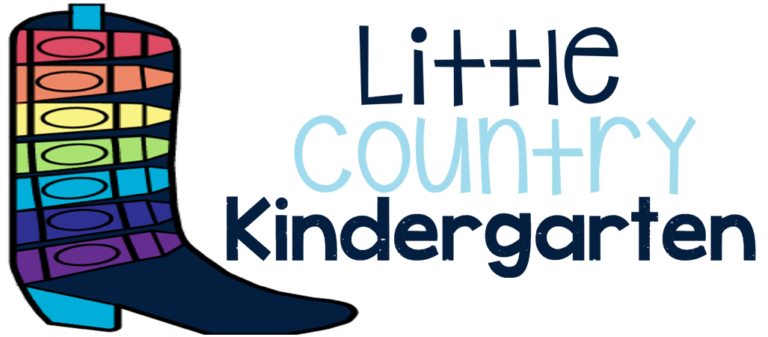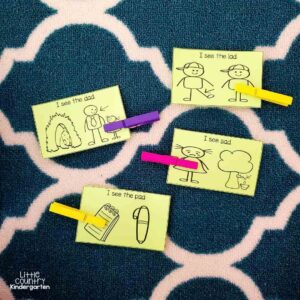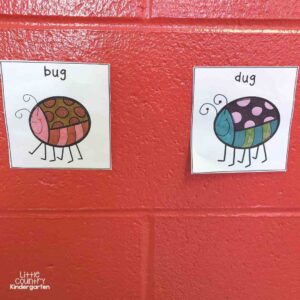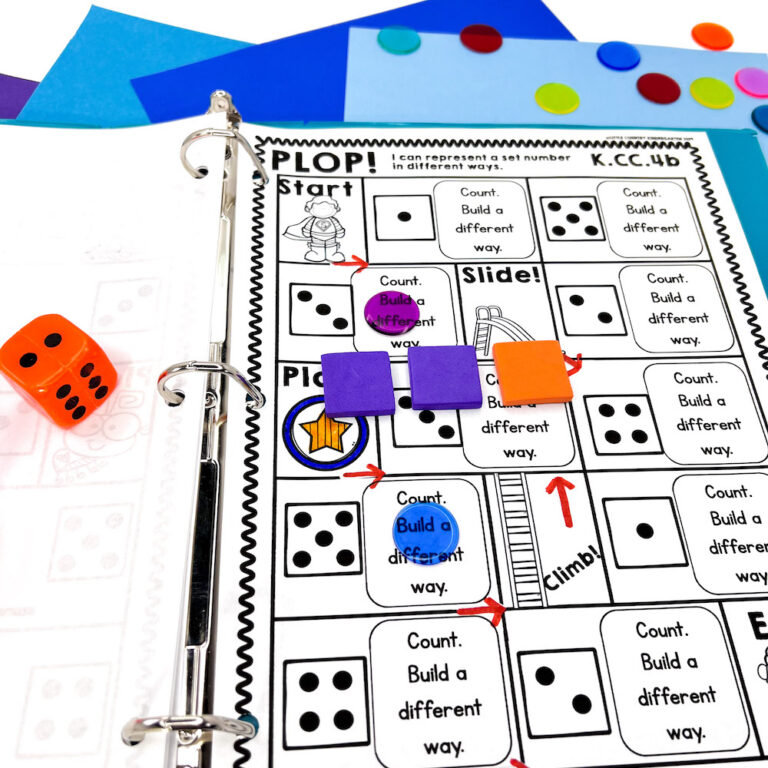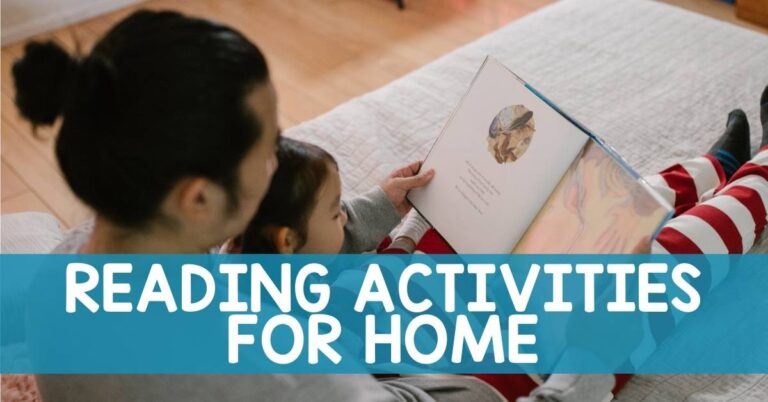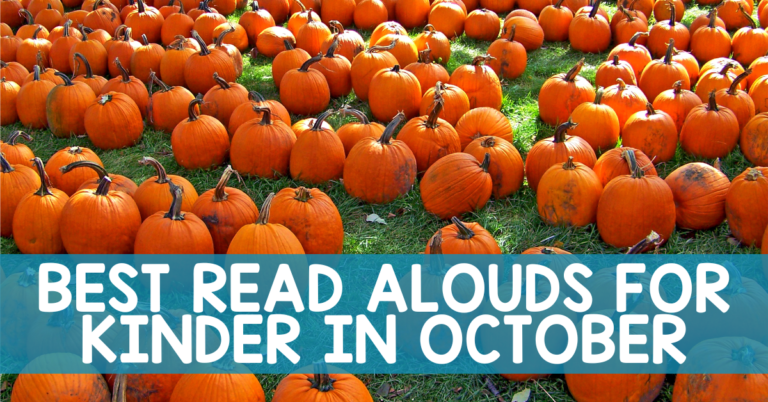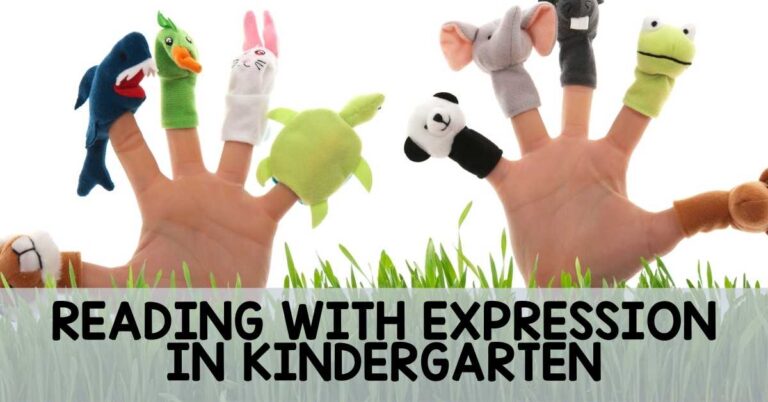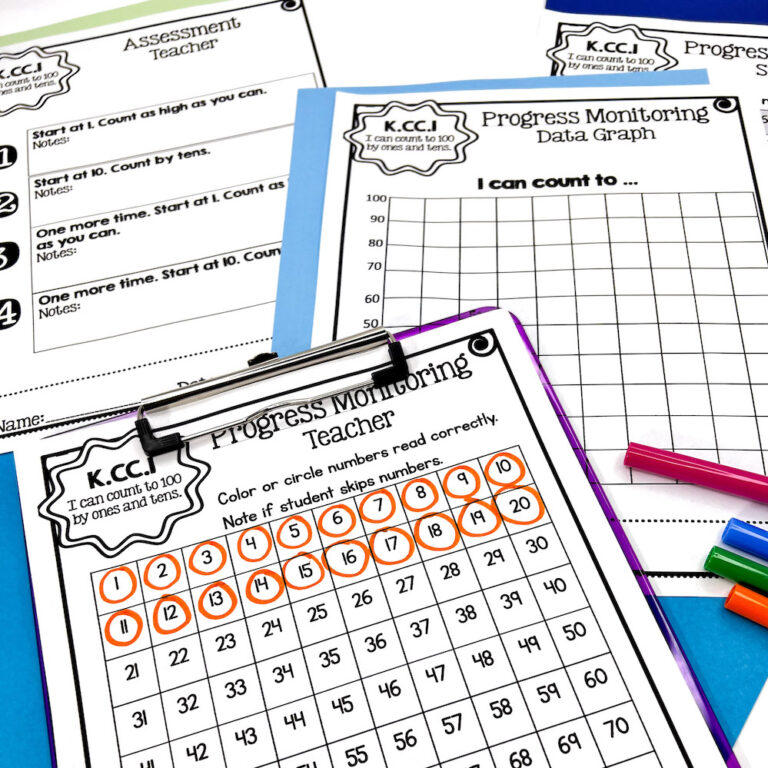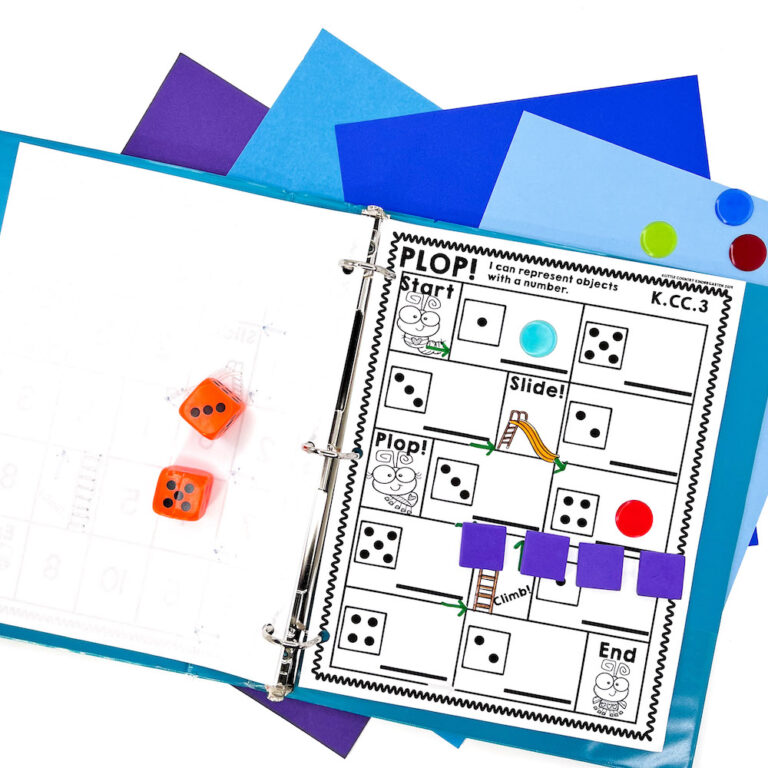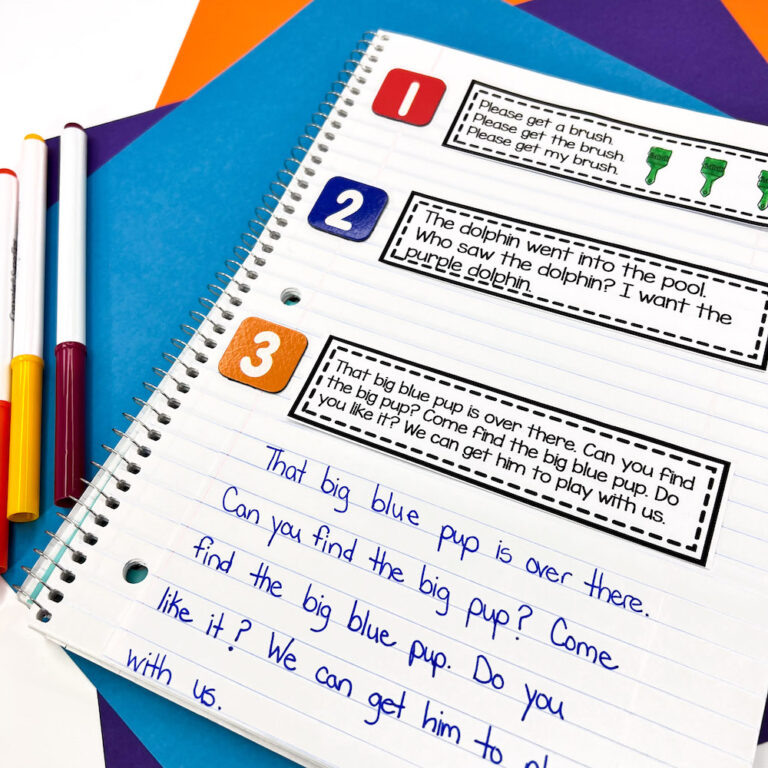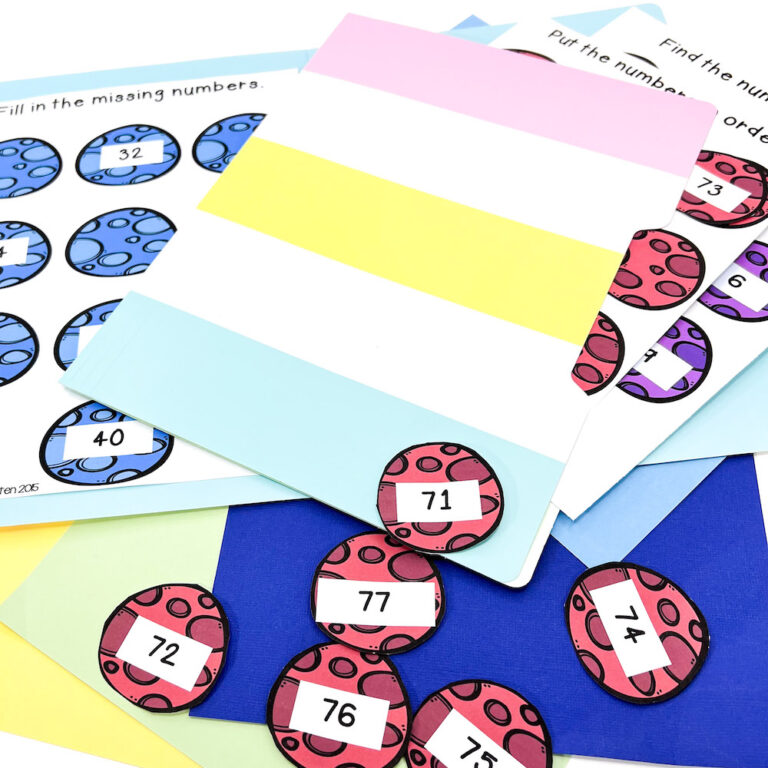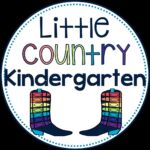A big focus this year with the Science of Reading is to have more focused, systematic, and explicit phonics instruction. If I’m teaching kindergarten I want something they can manipulate, so hands on phonics strategies are a win!
Memorizing NOT Decoding
Phonics is reading by using letter sound correspondences. Without phonics, students use guessing strategies such as picture clues to figure out words or just memorize patterns and words in isolation. But…what happens when the pictures are gone? What do students do when texts get harder without repetitive lines and patterns? Then students lose confidence and struggle to read words in stories, centers, or assignments. It is important to have daily direct phonics instruction so kindergarten students learn how to decode and actually read!
Actually Reading By Using Hands on Phonics Strategies
When students are equipped with phonics strategies, they literally have the rules they need to read. With the knowledge of letter sounds, blending, and building to digraphs, blends, and more, students can sound out around 84% of the English language. While the teaching of sight words helps students for words that are tricky or unusual, and to improve reading fluency, phonics is the key to pronouncing unfamiliar words correctly. So what kinds of phonics strategies can you use to help your kindergarten students learn to read?
Hands on Phonics Strategies for Kindergarten
Hands on phonics strategies are engaging ways to help students practice phonics patterns you have taught them during your direct instruction! Some easy ones to implement in your classroom with materials you already have are:
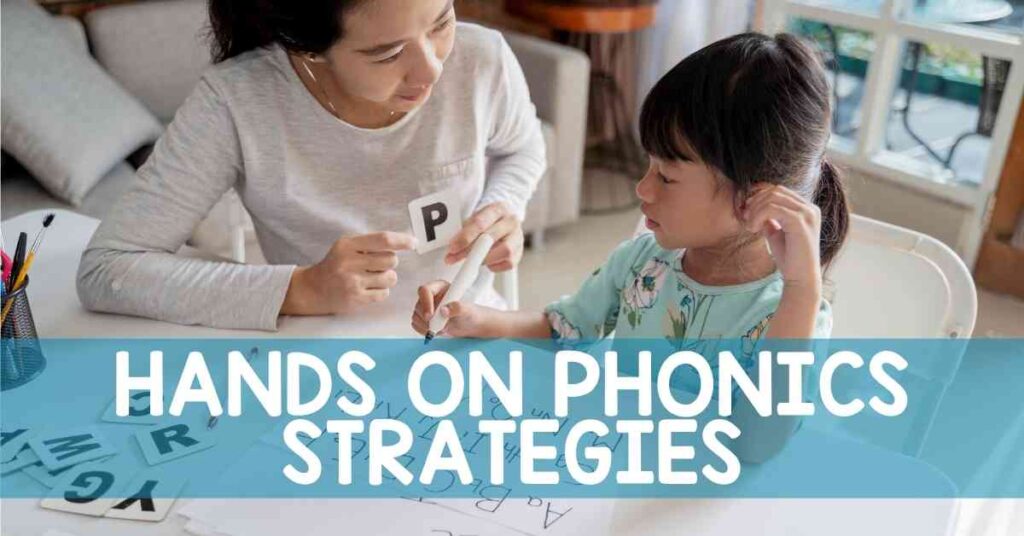
- File Folders
- Manipulatives
- Clipcards
- Links or Chains
- Fishing
- Blocks
- Hopscotch
- Around the Room
- Sorting
- Sensory Bins
1. File Folders
When making file folders I usually batch prep to make things easier. I print my activities, glue them to the folders, laminate, and then cut and add velcro to the folder and pieces. While there is some prep involved to make these, the benefits far outweigh the time.
It’s so simple to grab folders based on skills when needing to do an intervention or even an assessment. This is also one of those centers where you teach the rules once and just change out the theme/activity involved. Those types of centers are gold!
My students love grabbing folders for the skills they have mastered to review as an early finisher activity. I love that I can make them more challenging throughout the year by removing pieces that previously had Velcro words and having them write with dry erase markers instead.
Different folder games I have include ones where students match words to pictures, write words under the pictures, sort by beginning sound or vowel team, and more! Putting file folder activities in choice bins make for an easy independent center that is quick to clean up and quick to assess.
2. Manipulatives
Manipulatives are always a hit in my kindergarten classroom. There are so many choicse and this is something that is easily switched out to keep engagement high and to even incorporate seasonal or holiday themes. Letter magnets, small objects that start with a targeted letter sound or phonics pattern, and even tiny erasers are all a favorite in my classroom.
Some easy activities include building names such as at the beginning of the year, building words, creating rhyming words, and sorting by digraph or even onset rime. You can simply add cookie trays and some index card labels to make a sorting activity or have students build words in a more organized fashion.
3. Clipcards
Adding clothespins can change printable activities into clipcards. Students can work on their fine motor skills by pinching and clipping the clothespin to the correct answer.
4. Links
Links or chains are always a go to for some of my students. I’ll have them chain onset and rime together, build sight words, or match links to build cvc words.
5. Fishing for Hands on Phonics Strategies
My students love “fishing” for different word patterns we are focusing on. I’ll laminate and add magnets to different words or word parts and they have to use a magnetic fishing pole to catch them out of a kiddy pool. If they catch a word they have to read it and if they catch a word part they have to find another part that makes sense to catch and build that new word.
6. Blocks
Students can construct word towers, sort by short and long vowels, and match word families together with letter and sound block activities.
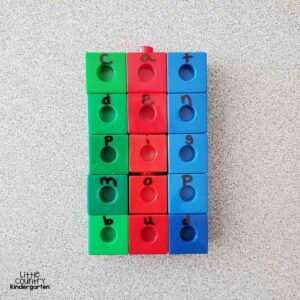
7. Hopscotch
I love to teach outside if get the chance. Writing word family words or words involving learned phonics patterns in a hopscotch game is an easy way to get students up, moving, and practicing reading in a motivating way.
8. Around the Room
Putting word cards around the room instantly makes reading more fun. Students can find them like in a scavenger hunt and read, write, or even write them in a sentence depending on their current ability. Try a free phonics scavenger hunt here!
9. Sorting
My students love any kind of sorting activity. Whether it’s sorting by beginning or ending sound, a specific phonics pattern, or a vowel sound, sorting word cards or even small objects labeled with the word into buckets or cups is way more fun. I often have students record their word sorts as well for writing practice.
10. Sensory Bins/Tongs for Hands on Phonics Strategies
Filling a bucket with rice, corn, beans, or even water if you are brave makes for a sensory rich experience. Students can dig through with tongs, their hands, or cups to find objects and words to sort based on phonics patterns. This is a fun activity to change up based on holidays and themes such as construction sites or tinsel for Christmas holidays.
Teaching with Hands on Phonics Strategies
Direct and explicit phonics instruction is the key to helping young readers learn how to decode instead of just memorizing. Hands on phonics strategies help students practice and apply phonics patterns in a way that is engaging, fun, and active!
Start with Your FREE CVC Word Building Mats Now!
Do you have letter magnets, letter tiles, or dry erase markers in your classroom? Then grab these free CVC word building mats and your students can practice a hands on phonics center right away! Simply print and play (optional to laminate). Students can use letter manipulatives to build the word shown in the picture or be challenged to write the word using letter sound correspondence.
